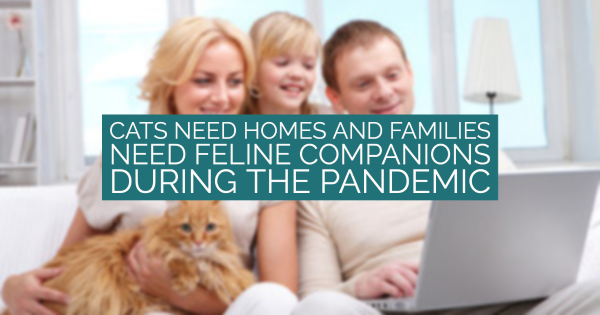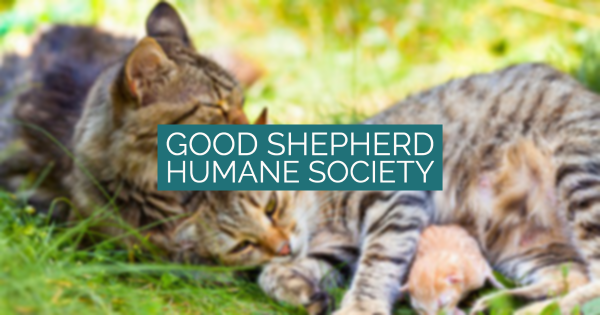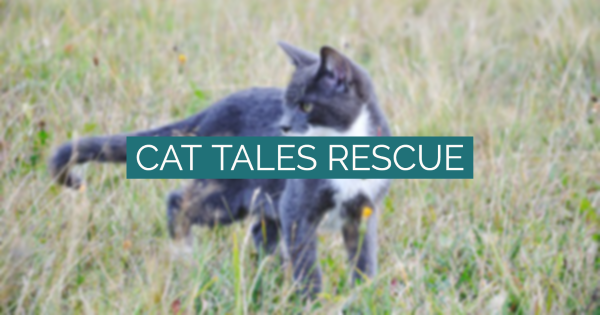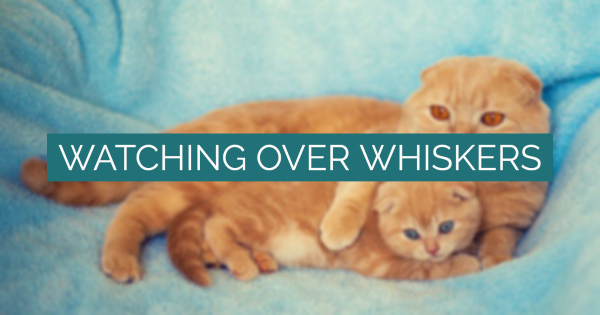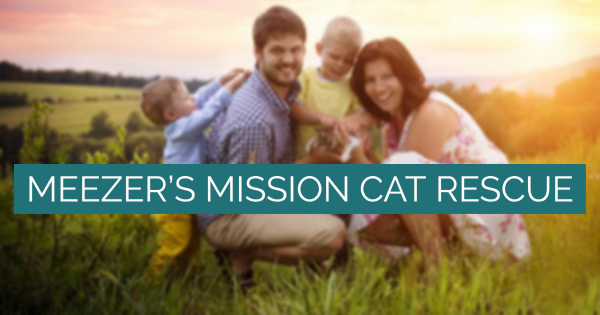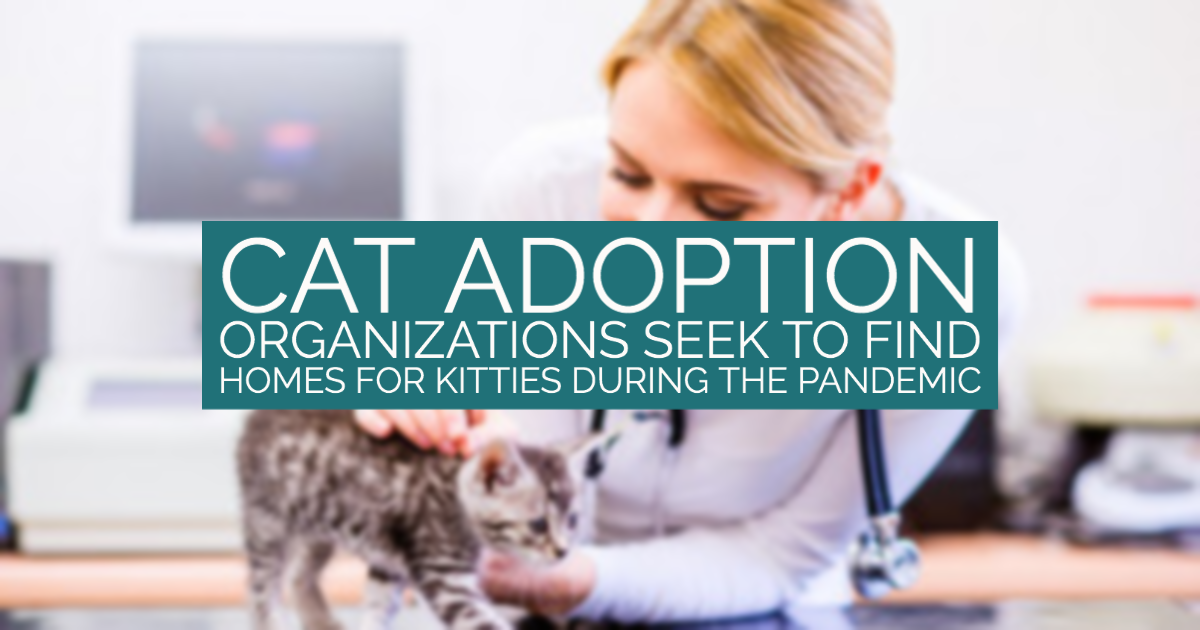

Pets are truly one of life’s greatest joys. Whether you own a tiny kitten or a 13-year-old cat, you know the pleasure and comfort that having a furry companion brings. Many households in the country have pets; in fact, somewhere near 85 million households have a pet according to research done by the American Pet Products Association.
While people are staying at home, feelings of loneliness and isolation can be hard to cope with. Having a pet that loves you unconditionally is one of the best ways to feel more connected. Unfortunately, during the COVID-19 pandemic, many animals are being ignored. From shelters that have had to close or scale back their work to families who abandon pets they can no longer afford, there are too many homeless and neglected animals.
At the same time, many people have been adopting pets during the pandemic. Fortunately, many communities have foster networks with the goal of cats being adopted, and they are working harder than ever to help animals in need.
Cats Need Homes and Families Need Feline Companions During the Pandemic
With families spending more time than ever at home and the ever-present stress over hardships associated with the pandemics, it can be difficult to feel hopeful. Individuals across the country are struggling financially, wondering how to stop foreclosure of their home or how to handle rodent removal on their own. Time spent at home leads to more time spent online, and endlessly scrolling on social media and reading negative news stories can intensify the stress you feel.
Pets often offer a sense of joy and comfort, and now more than ever, cats are looking for forever homes. If you or your family has felt isolated or lonely, now is a great time to consider adopting a furry friend.
When you make the decision to help a cat in need, the animal is not the only one benefitting. Cats being adopted not only helps the animal, it also helps the family doing the adopting. Research has shown that cat owners report lower stress and anxiety than households without a pet. Plus, one major benefit of adopting a cat in need is how low maintenance cats are. You will not have to worry about twice daily walks, and cats are perfectly content to spend time sleeping the day away.
Good Shepherd Humane Society
When disaster strikes and families head for their tornado shelters or a fire starts and families flee their homes, pets are left behind way too often. In addition to emergency events that require the use of whole house generators, families have been figuring out how to best provide for their pets in the midst of a global pandemic. Cole Wakefield, director of animal operations at The Good Shepherd Humane Society in Eureka Springs, Arkansas is driven to help area cats “with the goal of building a cat support community.”
In 2020, the Good Shepherd Humane Society helped families adopt 437 animals, returned 33 pets to their owners, placed 110 animals out-of-state, and 13 animals in colonies. “It’s been a wonderful year. Even in a year of adversity, Good Shepherd did a lot of great things and I’m really proud to be part of that.” With those numbers in mind, Wakefield is hoping to help even more animals in 2021.
Another goal of Wakefield’s for 2021 is to establish a disaster response plan for local animals so that pets aren’t a second thought when disaster strikes. Speaking about how pets are often forgotten, Wakefield said, “And the sad thing is, they don’t need to be. We definitely want to prioritize the people – disaster response prioritizes human lives – but pets mean a lot to people and they’re living creatures, too. There are people who won’t evacuate a danger area if they feel like their pets aren’t going to be taken care of.”
Wakefield continued, saying, “We want to have a response plan in place so if there is a disaster in the region like a tornado or flood, we have a response plan for the animals of the area.”
According to Wakefield, if a tornado hits 120 homes in the area, about 70 to 90 of those homes will have pets. He reports, “So if those buildings are gone, of course you’ll lose some lives but there are going to be roaming animals and people who can’t take care of them because they’re having to go to a shelter or evacuate. It’s a lot easier to plan ahead and have a location ready than to try to pull it all together as we go. We want to work with the community and get a proactive plan for our animals.”
Good Shepherd Humane Society is always happy to help animals in need, but Wakefield encourages area pet owners to reconsider before they surrender an animal to the shelter. “A shelter should really be a last-chance, no-other-option resort for an animal. If you’re having a particular problem, you may find with a little research that you can solve that problem a lot more simply than you think.” He continued, “Let’s leave the shelter space for those dogs and cats who have no other option, who have no other place to go. It’s always better for an animal to never come to a shelter.”
Cat Tales Rescue
Some people head to the internet to search for an Amish dining room set, some may be willing to head to the nearest airport to jump on a plane to the nearest city with cats in need of homes to help out, and some people scour search engines for virtual ways to help animals in need. Kelli Cassidy, director of Cat Tales Rescue, is thankful for the people who research ways to help animals in need.
In 2020, Cat Tales Rescue, which is a volunteer-run cat shelter, adopted out more than 1,000 cats. Cassidy was thrilled to have helped so many cats during the past year because, with the COVID-19 pandemic, the fate of these cats would have been precarious. Cassidy was able to help so many cats, in part due to the fact that unlike other rescue shelters that were closed or remained appointment-only throughout the pandemic, Cat Tales Rescue remained open.
Also unlike other rescues or shelters that house animals in cages, the adoption rooms at Cat Tales Rescue are playgrounds for cats with benches and shelves, chairs to climb on, and a wall-attached laser that creates a moving red dot for cats to chase for hours. Allowing the cats to play helps showcase their personalities, so when families consider cats being adopted, they can get a true sense of the furry friend they are taking home.
In addition to adopting out cats, Cat Tales Rescue also has an extensive partner network that rescues cats whose owners have surrendered them, who are living on the streets, or who end up in high kill shelters. Cassidy said that the goal of Cat Tales Rescue is to provide every cat they get with the opportunity to find a forever home, and to not ever have to turn away a cat regardless of age, behavior, or existing medical conditions. They are a safe haven for cats in need, providing love, support, and veterinary care for cats being adopted.
Watching Over Whiskers
When you need parenting support, you turn to expertly crafted pages with impeccable web design to point you in the right direction. The same is true for pet owners. People in need of support in adopting an animal can easily search the internet for advice, care instructions, and information about the possibility of cats being adopted. If you are in Missouri, you might find that searching for cat support will return information about a local nonprofit, Watching over Whiskers (WOW).
For the past five years, WOW has been a foster-based program, and while they have been immensely successful, being a foster-based program significantly limited the number of cats the organization could take in and care for. Now, with a new headquarters in Missouri, WOW will enjoy a major increase in its ability to care for cats in need. By having a physical location, Watch Over Whiskers is able not only to take in more cats, but also to make volunteering much easier.
Marci Bowling, founder of Watching Over Whiskers, said “Having a headquarters will allow us to have more volunteers, more hands on support for the felines, because we desperately need that, because we have quite a challenge to serve them. The cat population is overlooked by many.” In the new Watching Over Whiskers headquarters, there are four cat meet and greet rooms that can accommodate up to seven cats each. Kittens have a special designated room, and up to 12 kittens can fit in the meet and greet kitten room. Some cats are incredibly independent, and with the new headquarters, cats who need some space alone can have it.
Ned Reynolds, a board member at WOW, speaking about the new headquarters said, “It is expansive to the point where cats can be sheltered and can be adopted and I think that’s going to serve the key level of what we’re seeking here.” For the moment, WOW will remain a mostly foster-based organization, but the headquarters allows the foster volunteers to get all the supplies they need at one location.
Bowling said, “We’re very excited to have this all in one place. We have medical supplies here, food, litter, beds, blankets. We designed it with both our volunteers and felines in mind.” Bowling is hoping to make a positive significant impact in feline rescue for many years to come. Anywhere from six to 700 cats need assistance from WOW annually, and Bowling said, “We have a four year lease so we’re hoping we’ll have that community support and see where that takes us in four years and what the need is then, and if this is enough or we need to have phase two.”
Meezer’s Mission Cat Rescue
In Southeast Texas, Meezer’s Mission Cat Rescue has been helping cats in need find the perfect home. Whether your family consists of five children, a couple, or in home care for an elderly parent, any family can benefit from cat adoption. Started in 2018, Meezer’s Cat Mission Rescue began rescuing cats by creating a system of foster homes. Phuong Conway, the founder of the nonprofit, says cats being adopted have been fostered by a network of about 50 homes throughout Southeast Texas. The mission is able to give every cat one-on-one attention and proper medical care.
While Meezer’s Mission Cat Rescue does incredible work for animals in the area, it comes at a high cost. In 2020, Conway said Meezer’s Mission Cat Rescue spent over $40,000 in veterinary care and when the organization receives monetary donations, much of it goes towards covering medical costs. Conway and the volunteers take every foster cat to Winnie Veterinary Clinic to be spayed/neutered and receive medical care for any conditions the cats may have. Meezer’s Mission doesn’t want to place the onus on the families of the cats being adopted, so all of this care is done for a minimal adoption fee of $150. It would cost much more than that for a family to do that after cats being adopted, so families receive a great value and lifetime love from their new cats.
Looking for ways to help with cats being adopted? One way in which you can help is to call around to your local shelters or foster networks and adopt a cat for your family. If you do not have space in your home or cannot adopt a cat, there are still plenty of things you can do to help in the process of cats being adopted.
Find out if any shelter in your area accepts donations. Not all donations are monetary, and the shelter may welcome donations of food, toys, and other pet supplies. You can give money directly to the charities that help cats being adopted, or you can roll up your sleeves and volunteer at a shelter. With the health guidelines put in place to protect the population during the pandemic, you may find that local shelters are not looking for volunteers at this time. You can still help spread the word about nonprofit cat rescues in your area by posting on social media about the mission.
Bringing a friendly feline to your home will help you to lower stress and anxiety, enjoy a sense of companionship, and feel less lonely. With just a little money and effort, you can enjoy a lifetime of love.
